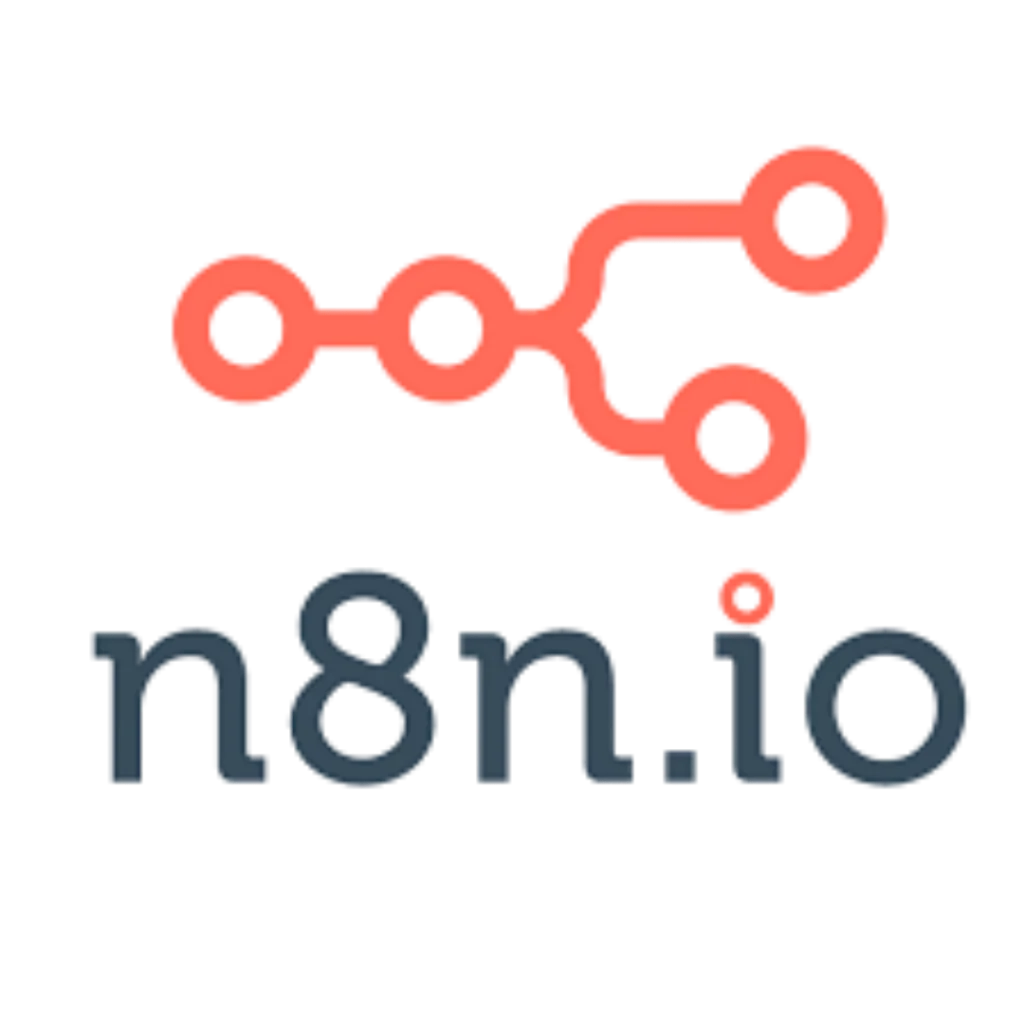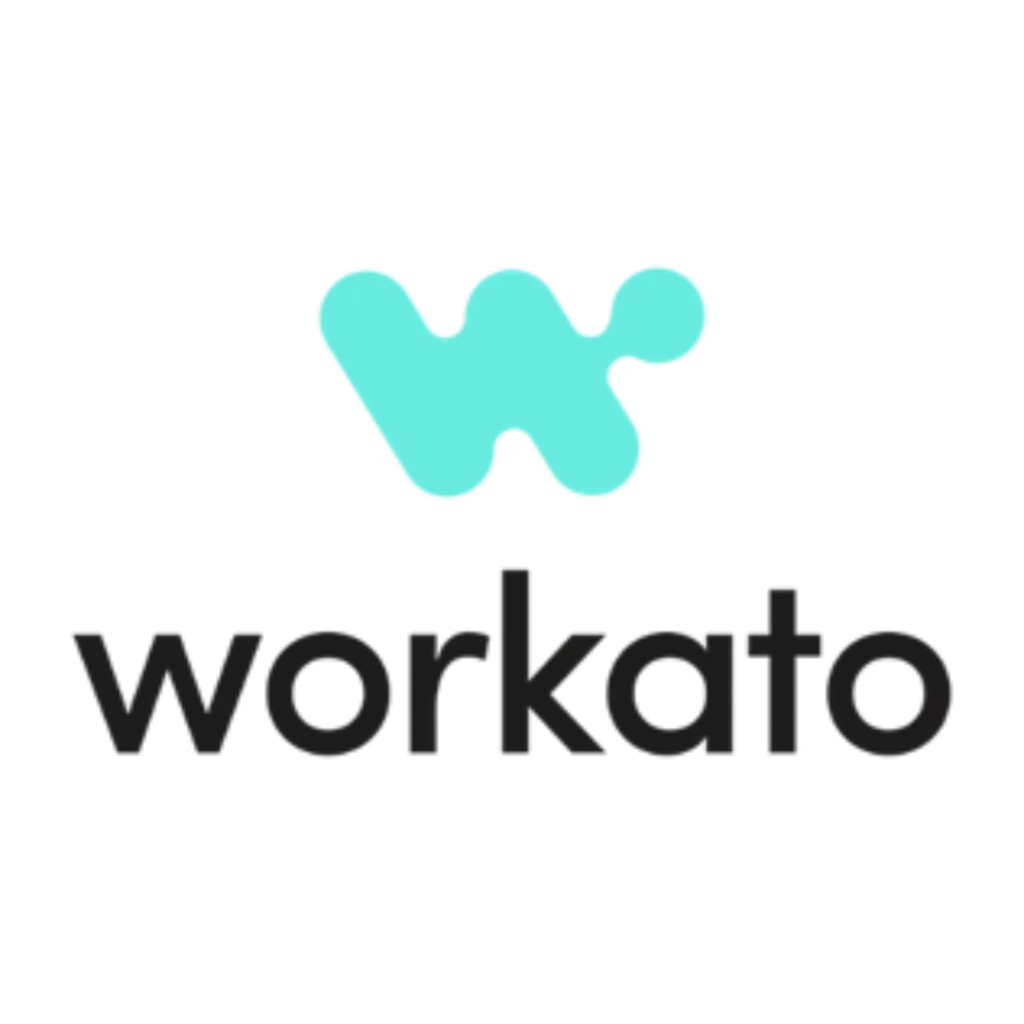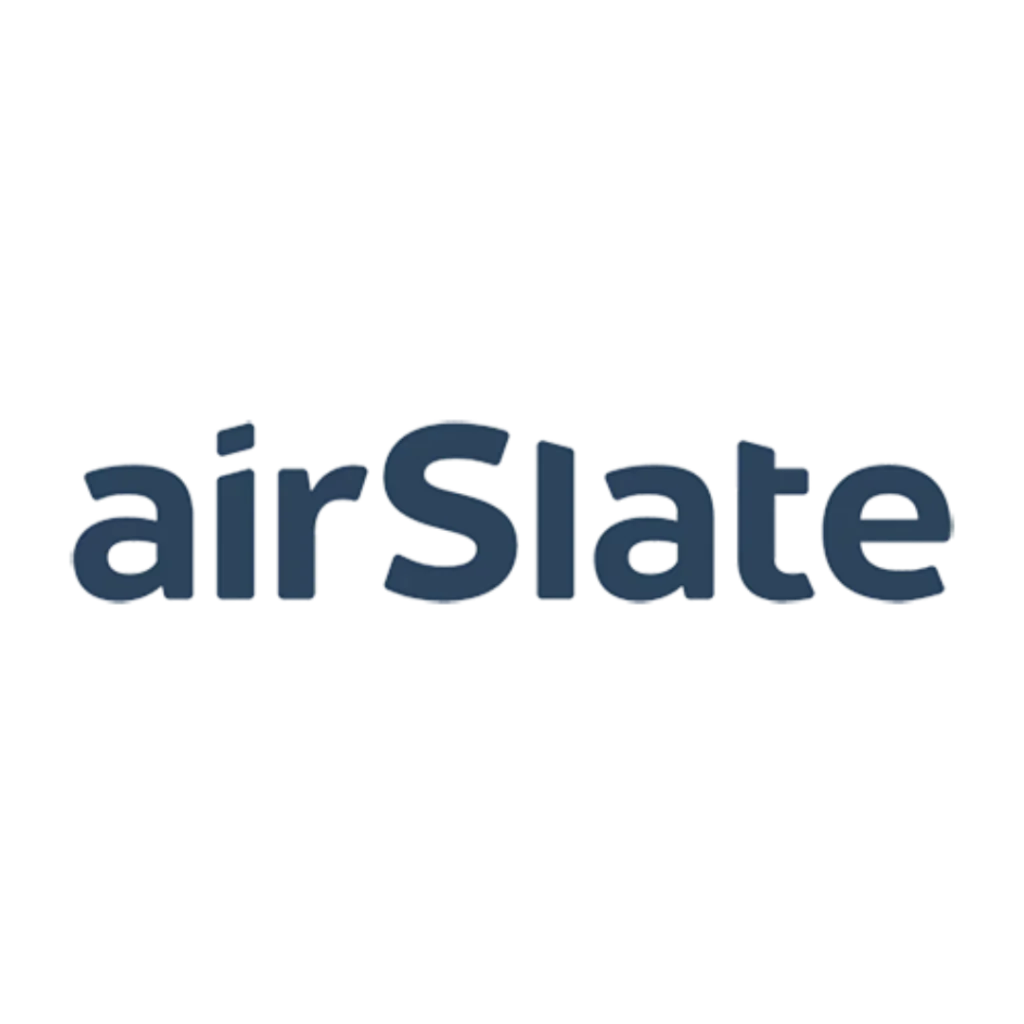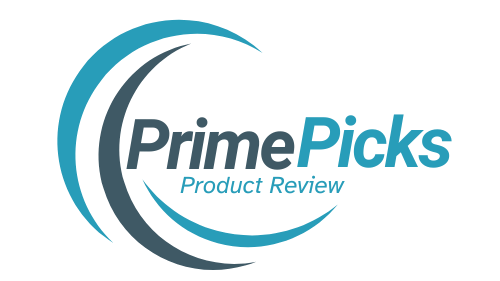Microsoft Power Automate is a cloud-based workflow automation tool integrated into the Microsoft ecosystem. It allows users to automate tasks across Microsoft 365, Dynamics 365, and third-party apps, making it especially useful for businesses already invested in Microsoft products.
Introduction
In an era where businesses must move faster, smarter, and more efficiently, automation has become one of the most powerful drivers of digital transformation. From streamlining repetitive tasks to integrating complex enterprise workflows, automation platforms help organizations reduce manual effort, cut costs, and focus on innovation. Today, both small businesses and large enterprises rely on automation not only to increase productivity but also to enhance customer experiences, strengthen compliance, and unlock scalability.
The market is filled with diverse solutions, each catering to different needs. Blue Prism sets the benchmark in enterprise-grade robotic process automation (RPA) with a strong focus on security and scalability. Microsoft Power Automate brings workflow automation into the Microsoft ecosystem, making it highly accessible to businesses already invested in Office 365 and Dynamics. n8n offers an open-source, developer-friendly approach, giving organizations full flexibility and control over their automation infrastructure. Workato bridges ease of use with enterprise-level sophistication, offering powerful integrations and low-code tools for complex workflows. Finally, Airslate focuses on document and workflow automation, empowering businesses to digitize paperwork-heavy processes with no-code simplicity.
Together, these platforms showcase the breadth of modern automation solutions—from open-source customization to enterprise-scale robotic automation and streamlined document workflows. By understanding their features, benefits, and limitations, businesses can select the right platform to match their unique requirements, ensuring smarter processes and sustainable growth in an increasingly competitive digital economy.
1

Blue Prism
Blue Prism is a pioneer in the Robotic Process Automation (RPA) space, offering enterprise-grade solutions that automate repetitive tasks using digital workers (bots). Known for its security, compliance, and scalability, Blue Prism is widely used in industries like banking, healthcare, and insurance.
A+
Overall Grade
4.9
10K+
Review
- Features
Digital workforce with RPA bots
AI and cognitive automation integration
Centralized control and governance
Process analytics and reporting
High-level enterprise security
- Benefit
Reduces operational costs through task automation
Enhances compliance and governance
Scales across departments and industries
Strong focus on security for regulated industries
Pros :
✔Industry leader in RPA
✔Strong security and compliance features
✔Scalable for large enterprises
✔Proven reliability in critical industries
Cons :
✘Steep learning curve for new users
✘Higher cost compared to mid-market tools
✘Less beginner-friendly for small businesses
2

Microsoft Power Automate
A-
Overall Grade
4.7
7.5K+
Review
- Features
Pre-built connectors for Microsoft and third-party apps
AI Builder for intelligent automation
Cloud flows, desktop flows, and business process flows
Integration with Power BI and Power Apps
Low-code/no-code automation environment
- Benefit
Seamless integration with Microsoft products
Reduces repetitive tasks in Office apps
Accessible for both technical and non-technical users
Scales from small businesses to enterprises
Pros :
✔Native integration with Microsoft ecosystem
✔Affordable for Microsoft 365 users
✔Wide range of automation templates
✔Easy to use for non-developers
Cons :
✘Best value mainly for Microsoft-centric organizations
✘Can be complex for advanced customizations
✘Performance issues with large-scale workflows
3

n8n
n8n is an open-source workflow automation platform designed for developers and businesses that want flexibility and control. Unlike proprietary platforms, it allows self-hosting and full customization, making it a great choice for those who want ownership of their automation infrastructure.
B+
Overall Grade
4.5
8K+
Review
- Features
Open-source and self-hosted option
Visual workflow editor
Extensive integrations and API support
Advanced customization via JavaScript functions
Community-driven plugin ecosystem
- Benefit
Full control over automation infrastructure
Cost-effective compared to commercial tools
Highly customizable for unique use cases
Strong developer community support
Pros :
✔Open-source and transparent
✔Self-hosting option for data privacy
✔Flexible and developer-friendly
✔Affordable compared to enterprise tools
Cons :
✘Steeper learning curve for non-technical users
✘Requires hosting and maintenance
✘Smaller integration library compared to Zapier or Workato
4

Workato
Workato is an enterprise automation and integration platform designed to connect apps, automate workflows, and handle complex business processes. It is known for combining ease of use with enterprise-grade capabilities, making it a top choice for large organizations.
B-
Overall Grade
4.3
8.5K+
Review
- Features
1,000+ pre-built connectors
Intelligent automation with AI features
API-led integrations
Role-based access control
Cloud-native architecture
- Benefit
Powerful for enterprise-scale automation
Handles complex integrations across systems
Secure and compliant for large organizations
Reduces IT dependency with low-code design
Pros :
✔Enterprise-ready and highly scalable
✔Strong security and compliance standards
✔Pre-built recipes for faster deployment
✔Powerful integration capabilities
Cons :
✘Expensive for small businesses
✘Best suited for mid-to-large enterprises
✘Requires technical expertise for advanced use cases
5

Airslate
Airslate is a no-code business automation platform focused on document workflows, eSignatures, and process management. It’s designed for businesses that want to automate paperwork-heavy processes without needing deep technical expertise.
C+
Overall Grade
4.0
6.5K+
Review
- Features
Document workflow automation
Built-in eSign and contract management
Robotic process automation bots
PDF editing and form creation
Integrations with CRMs and cloud apps
- Benefit
Streamlines paperwork and approvals
Reduces reliance on manual document handling
Cost-effective for SMBs
Improves compliance and transparency
Pros :
✔All-in-one platform for document workflows
✔Easy to use with no coding skills needed
✔Strong eSignature and PDF tools
✔Affordable compared to large RPA platforms
Cons :
✘Limited outside of document-heavy use cases
✘Not as flexible for advanced automation
✘Smaller integration ecosystem compared to Workato or Zapier
Summary Conclusion
The landscape of automation is no longer limited to simple task execution—it has evolved into a strategic enabler for digital transformation. Tools like Blue Prism, Microsoft Power Automate, n8n, Workato, and Airslate demonstrate how automation can serve a wide variety of business needs, ranging from enterprise-grade robotic process automation to no-code document workflows and developer-friendly open-source frameworks.
Blue Prism leads the way for large organizations seeking secure, compliant, and scalable robotic process automation, making it ideal for industries like finance, insurance, and healthcare.
Microsoft Power Automate integrates seamlessly with the Microsoft ecosystem, offering low-code automation that empowers both small teams and enterprises to streamline operations.
n8n gives businesses open-source flexibility and control, allowing developers and technical teams to design fully customized workflows while maintaining data privacy through self-hosting.
Workato bridges business and IT needs with its enterprise-ready integration and automation features, supporting complex processes across multiple systems with security and governance in mind.
Airslate shines in document-centric workflows, simplifying eSignatures, forms, and approvals, making it a cost-effective choice for SMBs and organizations with heavy paperwork requirements.
Ultimately, these platforms illustrate that there is no one-size-fits-all solution to automation. The best choice depends on an organization’s size, industry, technical expertise, and specific goals. By carefully evaluating each platform’s strengths and limitations, businesses can unlock the full potential of automation—achieving greater efficiency, accuracy, and scalability while freeing up human talent for more strategic work.
In today’s fast-paced digital economy, automation is not just a tool—it’s a necessity. Those who embrace it with the right platforms will not only stay competitive but also lead the way in building smarter, more resilient, and future-ready operations.

